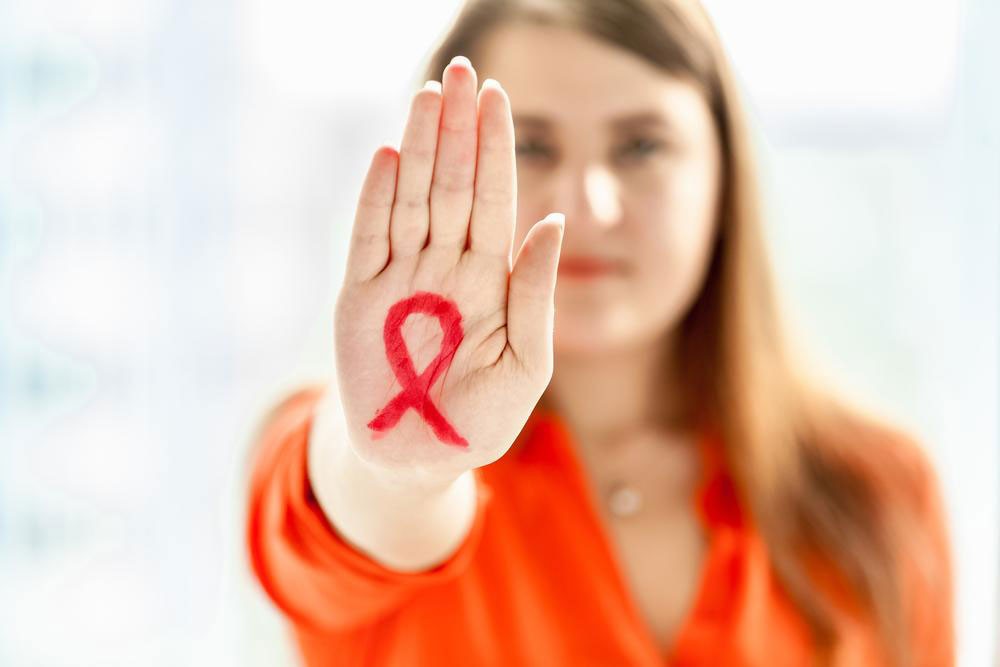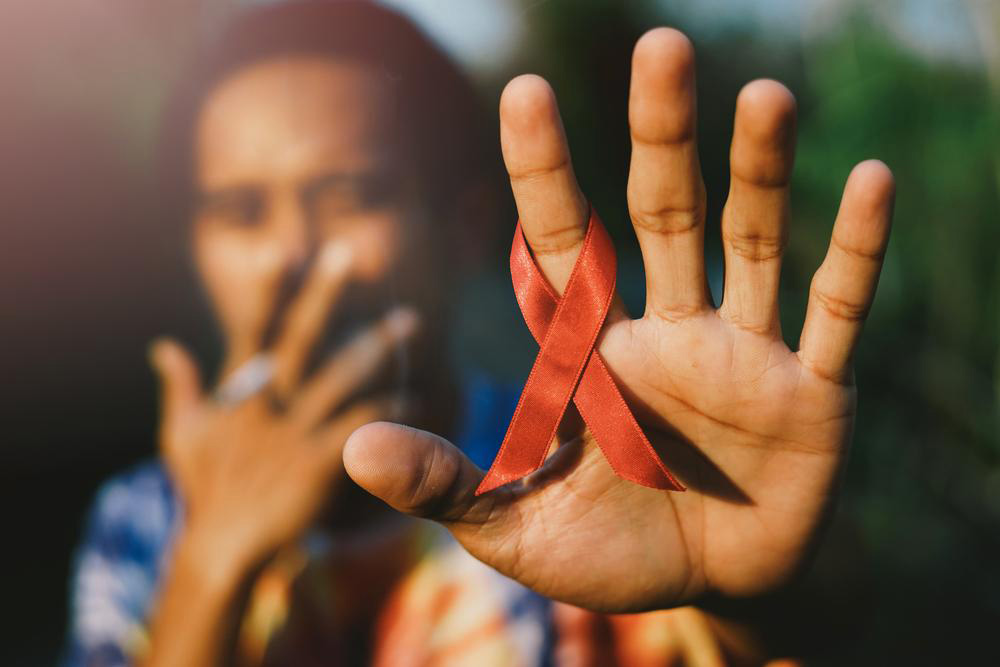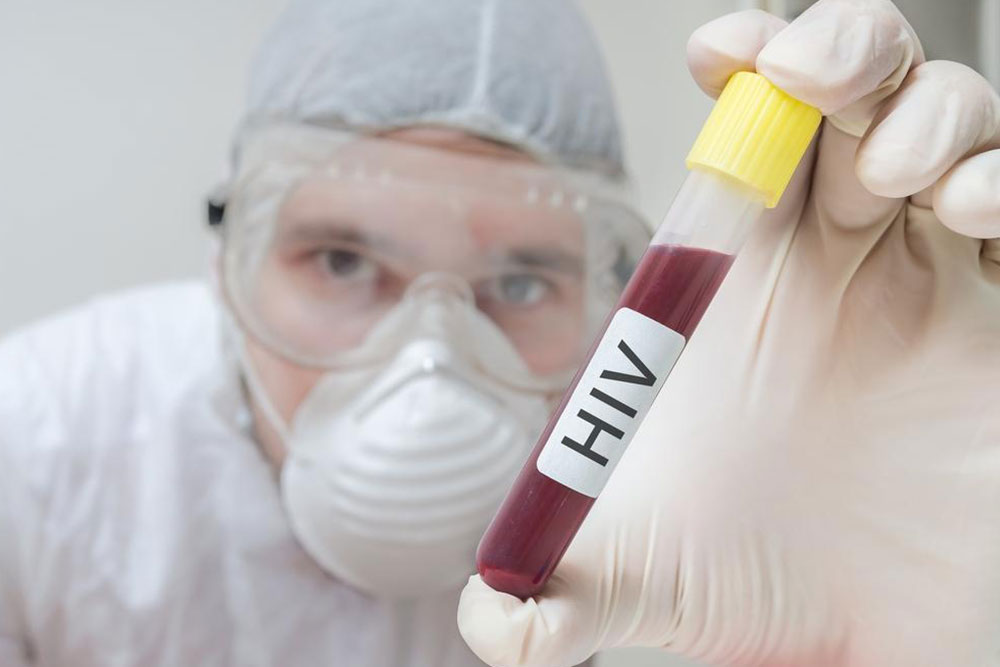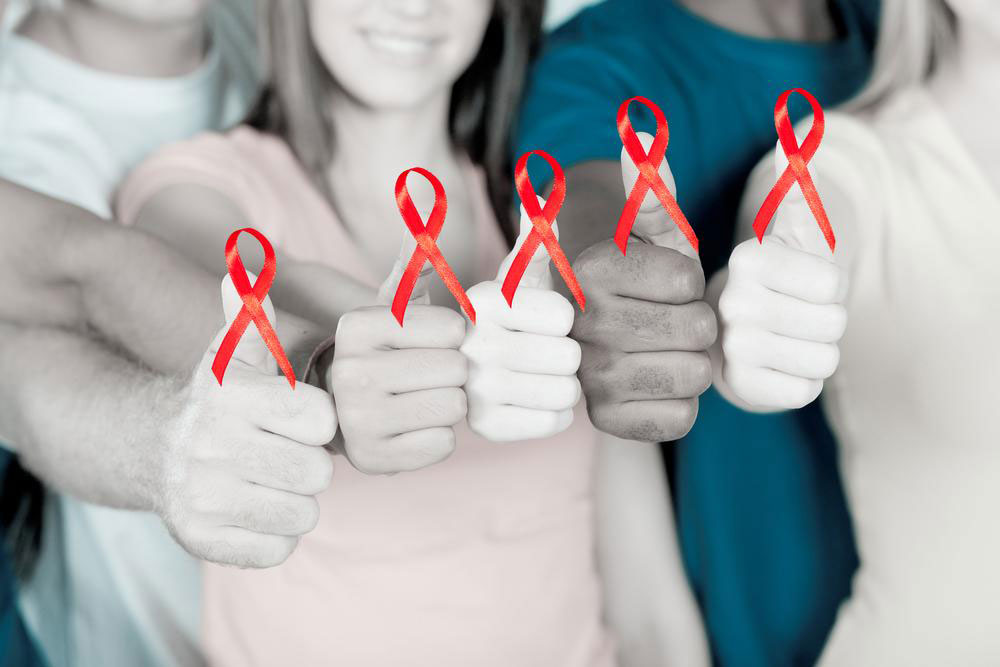Comprehensive Guide to Preventing HIV Infection and Ensuring Sexual Health
This comprehensive guide offers essential strategies for preventing HIV infection, focusing on safe sex practices, medical interventions like PrEP and PEP, regular testing, and lifestyle precautions. It emphasizes the importance of awareness, communication, and routine health monitoring to protect yourself and others from HIV. Understanding these methods and integrating them into daily life can significantly reduce the risk of HIV transmission and promote overall sexual health.
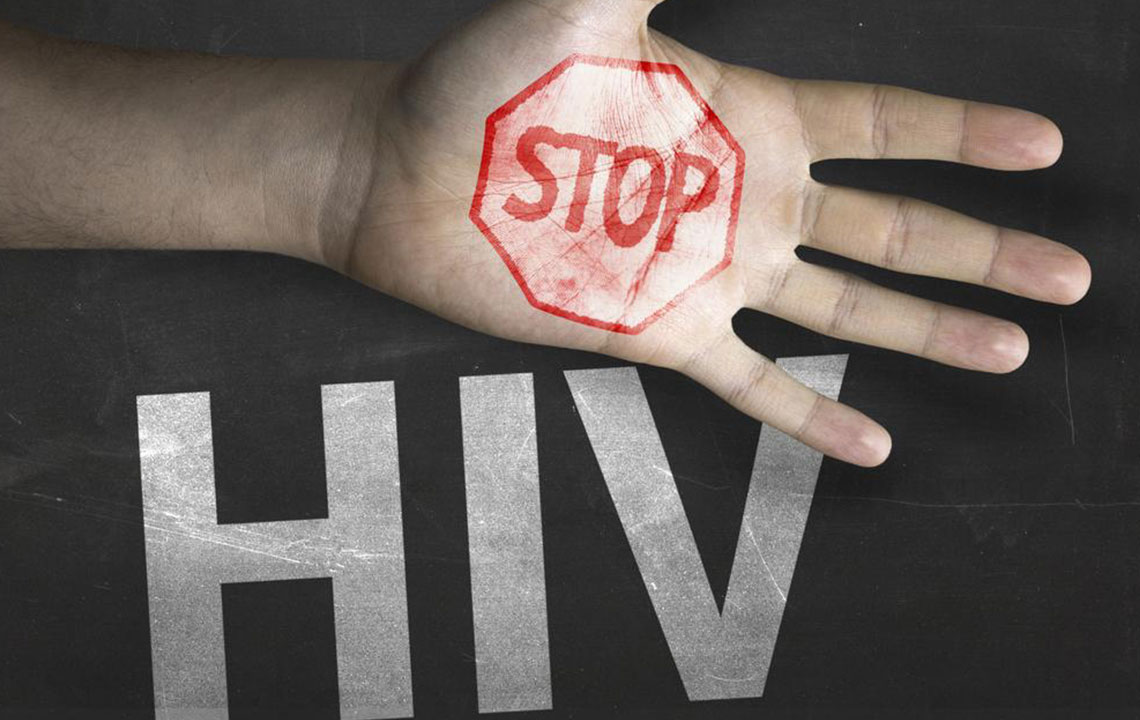
Effective Strategies for HIV Prevention and Safe Sex Practices
HIV, or Human Immunodeficiency Virus, is a significant global health concern that leads to AIDS (Acquired Immunodeficiency Syndrome). This virus compromises the immune system, making the body vulnerable to opportunistic infections and certain types of cancers. Understanding how HIV spreads and adopting effective preventive measures are essential steps in safeguarding individual and public health. In this detailed guide, we explore comprehensive strategies to prevent HIV transmission, emphasizing safe sex practices, lifestyle adjustments, and medical interventions.
HIV transmits mainly through contact with certain body fluids: blood, semen, vaginal secretions, rectal fluids, and breast milk. The virus cannot survive long outside the human body, but when present, these fluids can carry infectious particles capable of infecting others. Therefore, avoiding contact with contaminated bodily fluids is crucial. The primary modes of transmission include unprotected sexual contact, sharing contaminated needles or syringes, from mother to child during childbirth or breastfeeding, and exposure to infected blood through transfusions or unsafe medical practices.
Given the modes of transmission, implementing targeted preventive strategies can significantly reduce the risk of infection. Here are some of the most effective methods for HIV prevention:
Consistently use condoms: condoms are one of the most reliable ways to prevent HIV transmission during sexual activity. Using latex or polyurethane condoms correctly and consistently, from start to finish of each sexual encounter, greatly reduces the risk of exposure to infected bodily fluids.
Avoid sharing needles and drug paraphernalia: sharing needles, syringes, or other injecting equipment can transmit HIV directly into the bloodstream. Always use sterile, single-use needles, and avoid sharing any drug-related equipment.
Regular testing and health monitoring: individuals at risk should undergo routine HIV testing. Early detection allows for timely treatment and reduces the risk of unknowingly transmitting the virus. Encourage open communication with sexual partners about testing history.
Pre-exposure prophylaxis (PrEP): PrEP is a preventive medication for those at high risk of HIV exposure. When taken as prescribed, PrEP can reduce the risk of contracting HIV by over 90%. Consult your healthcare provider to determine if PrEP is suitable for you.
Post-exposure prophylaxis (PEP): PEP involves taking antiretroviral medicines within 72 hours after potential exposure to HIV. This emergency treatment can prevent infection if started promptly.
Limit sexual partners: reducing the number of sexual partners decreases the likelihood of encountering an infected individual. Engaging in mutually monogamous relationships with partners who have tested negative for HIV also lowers risk.
Routine screening for sexually transmitted diseases (STDs): co-infections can increase susceptibility to HIV. Regular STI testing and treatment are vital components of sexual health, especially after engaging with new or multiple partners.
Avoid sharing needles and syringes: always use sterile equipment if you inject drugs. Access to needle exchange programs can facilitate safe practices for individuals who use injectable substances.
Mother-to-child transmission prevention: pregnant women should undergo HIV testing. If positive, antiretroviral therapy during pregnancy, delivery, and breastfeeding can significantly reduce transmission risk.
In addition to these practical steps, awareness and education are critical in the fight against HIV. Understanding how the virus spreads, recognizing symptoms early, and seeking medical advice promptly can make a substantial difference. Monitoring one's health through regular check-ups and adhering to recommended medical interventions ensures ongoing protection against HIV.
It's important to note that even with the best preventive measures, no method is 100% foolproof. Therefore, combining multiple strategies maximizes protection. Open and honest communication with partners about sexual health, regular testing, and consulting healthcare professionals for personalized advice are key components of a comprehensive HIV prevention plan.
In summary, preventing HIV involves a combination of safe sexual practices, medical interventions, lifestyle modifications, and ongoing health monitoring. By staying informed, practicing safe behaviors, and utilizing available medical resources, individuals can significantly reduce their risk of infection and contribute to global efforts in controlling the spread of HIV/AIDS.
